Welcome to Moda Fabrics!
War and Pieced...and Pieced and Pieced and Pieced
War and Pieced...and Pieced and Pieced and Pieced
Ever think to yourself—"this quilt has waaaaay too many pieces?” A not-to-be-missed exhibition currently at the International Quilt Study Center and Museum will make clear you’ve got nothing to complain about!
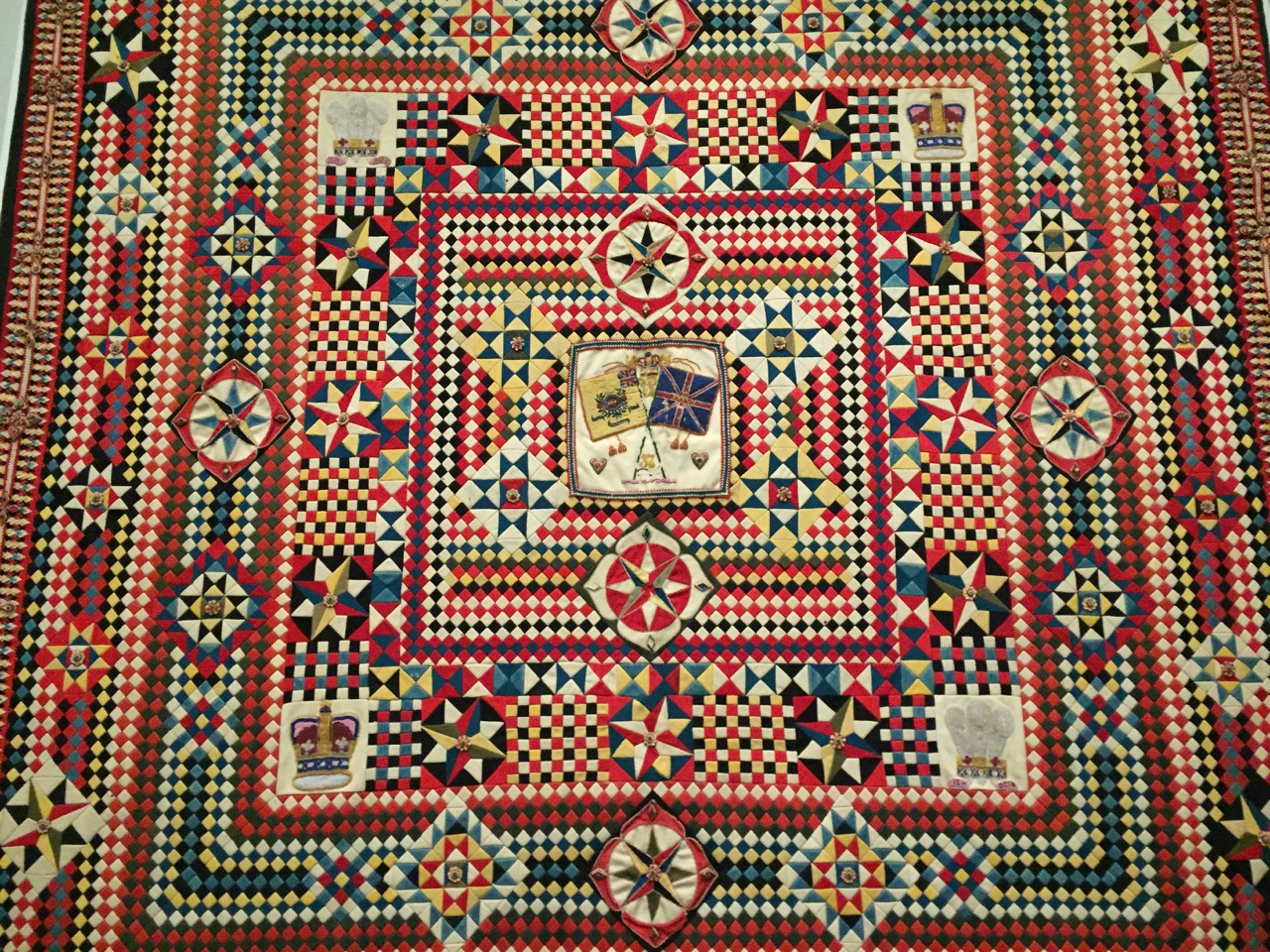
War and Pieced: The Annette Gero Collection of Quilts from Military Fabrics features quilts stitched from thousands of pieces and unlike any you’re likely to have seen.
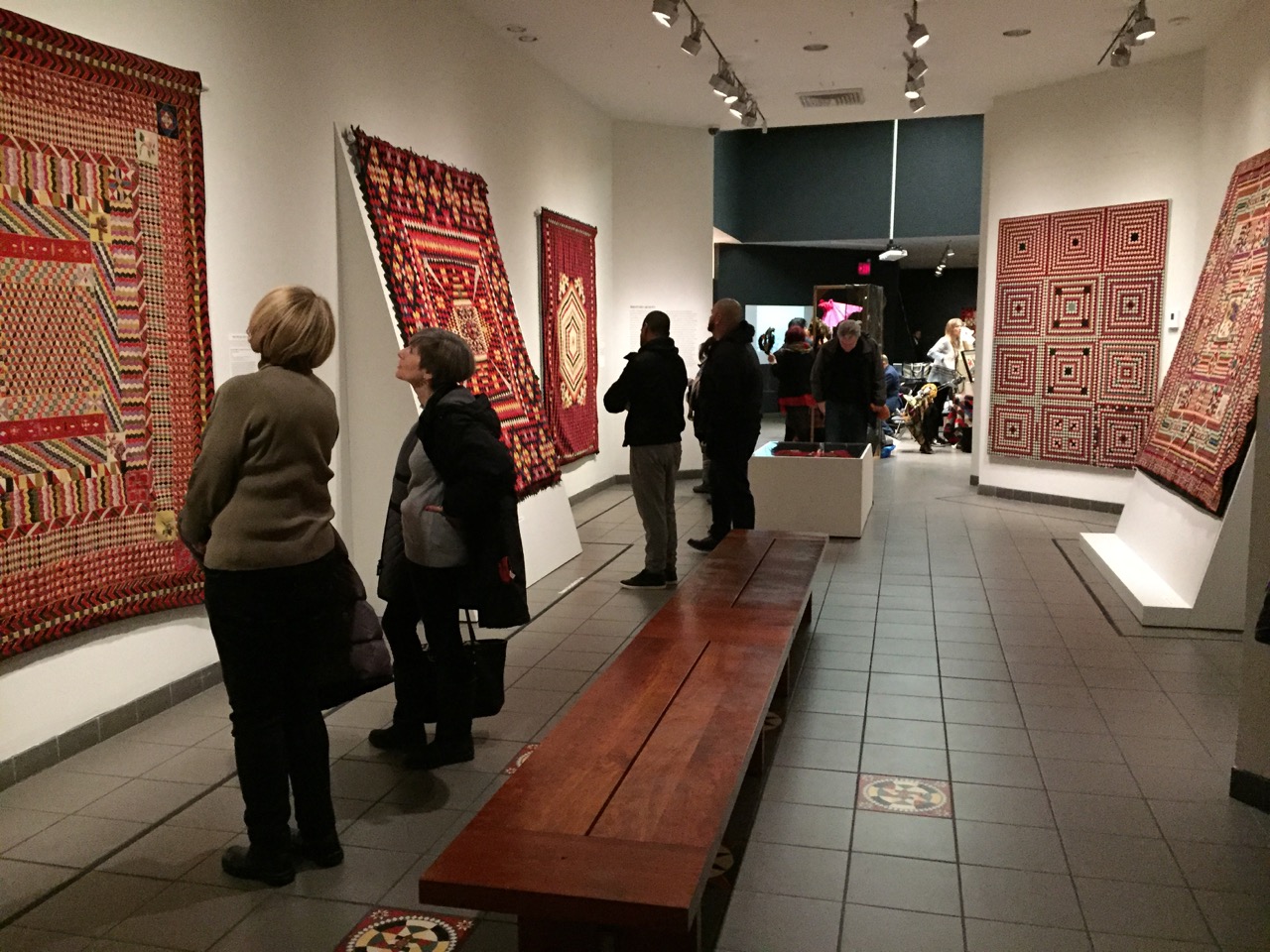
The most commonly used material is milled wool broadcloth, which limited fraying, and soldiers sewed a number of the quilts while convalescing from injuries sustained in battle. Adeptness with needle and thread was important for soldiers on the battle front, who needed to maintain their uniforms.
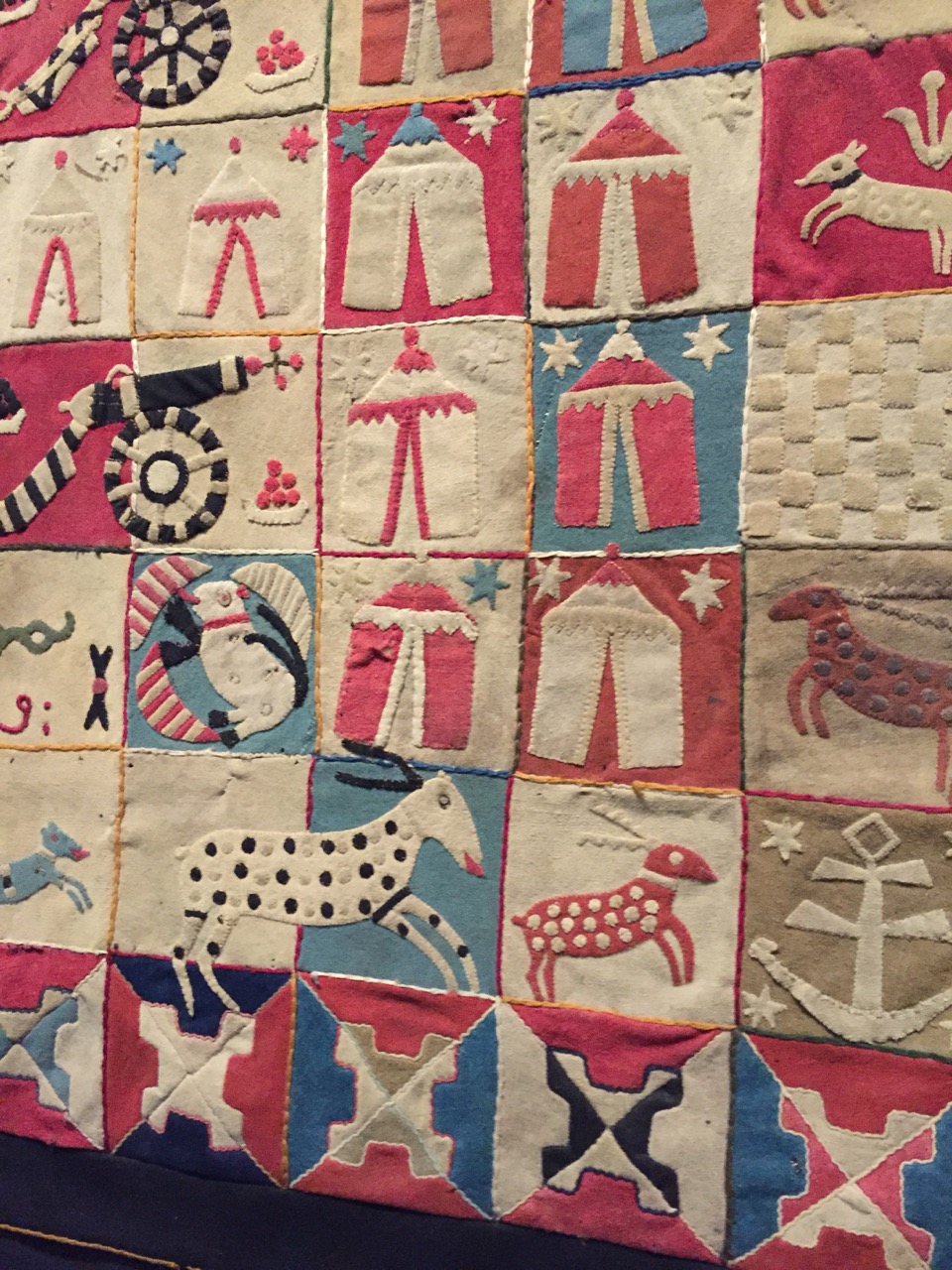
In addition, some units travelled with tailors and some of these skilled sewists created some of these quilts.

While the quilts were one way of transforming the horror of battle into a thing of beauty, some also served a political function.
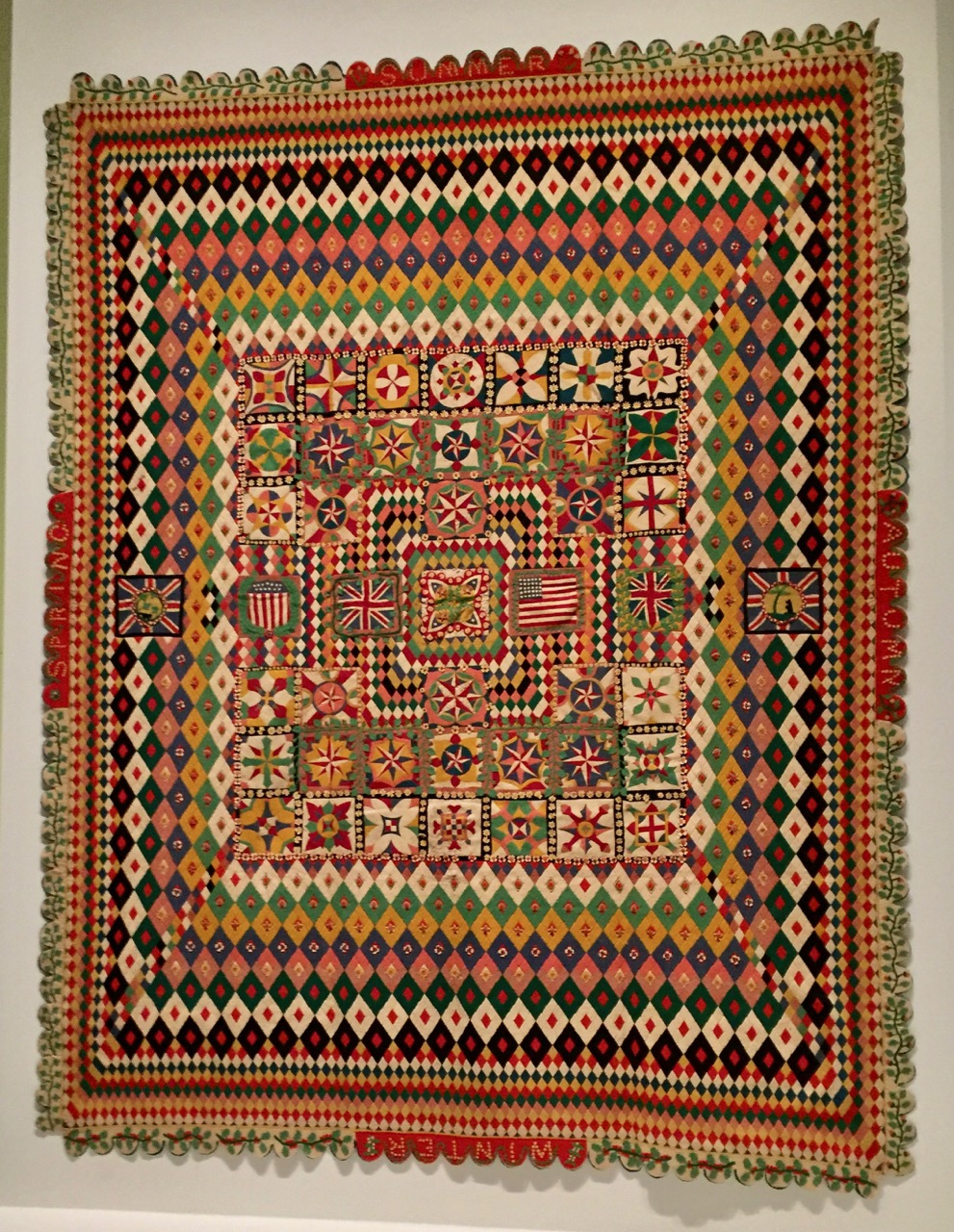

Those created during the Crimean War, a conflict for which the British government was accused of providing soldiers with inadequate food, clothing, and shelter, may have been highlighted by the government to demonstrate that injured soldiers were functioning and capable of earning a living after battle.
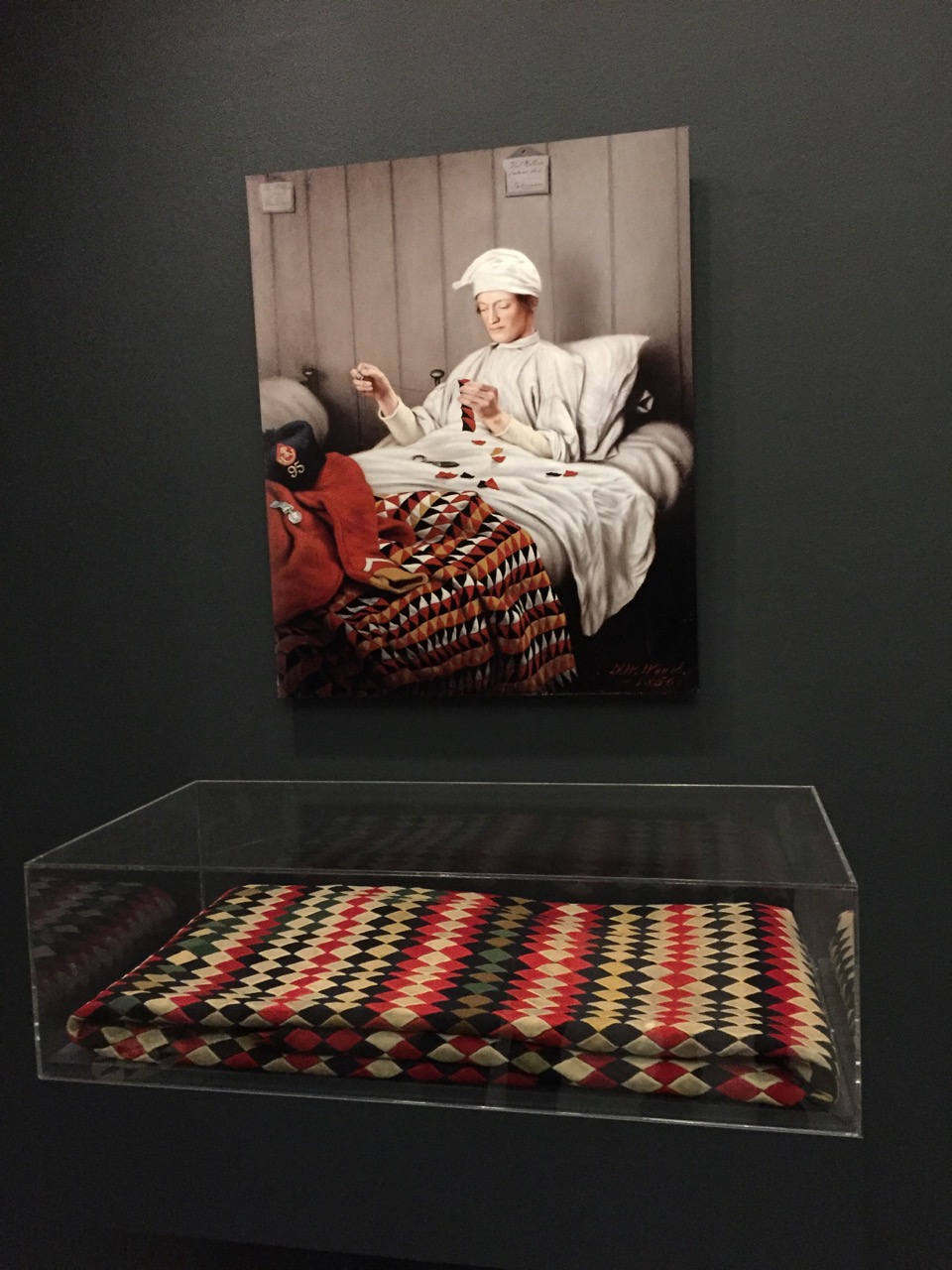
Other quilts, including those made in India, may have been a way to fill long hours in an unfamiliar land. The reasons for their creation are not always clear, but the outcome is jaw-dropping.
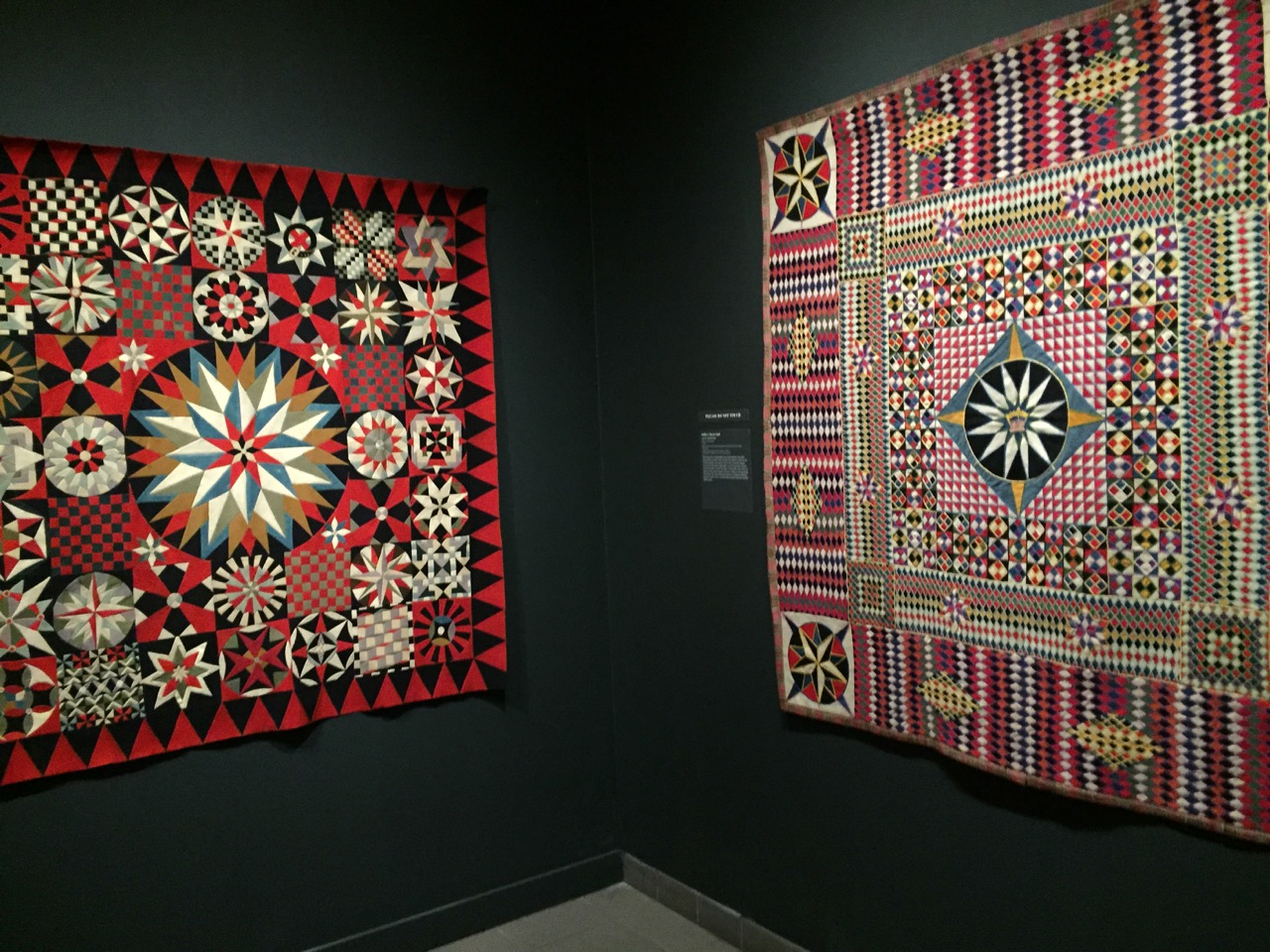
For more information on the history of these quilts and about the exhibition, click here and scroll down. Don't miss your chance to see these amazing pieces of art! Visit the International Quilt Study Center and Museum before the exhibition closes on September 16, 2018.

Comments